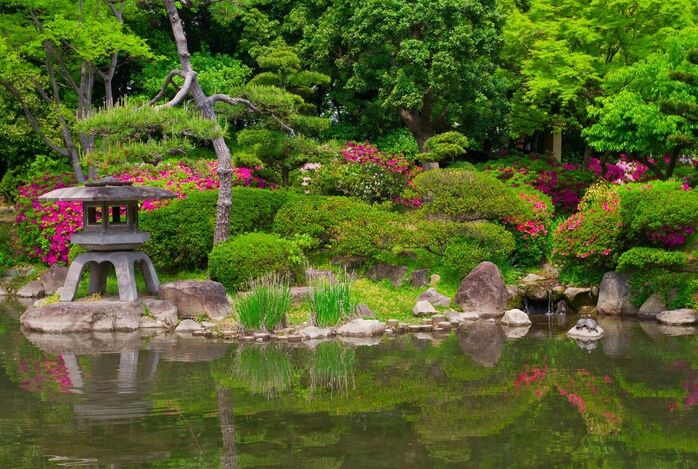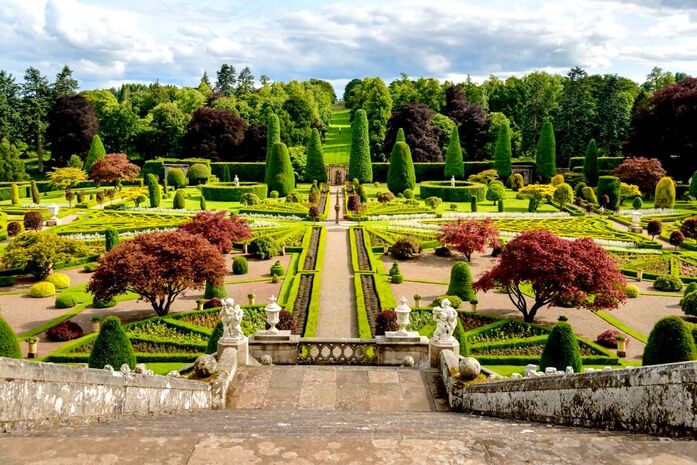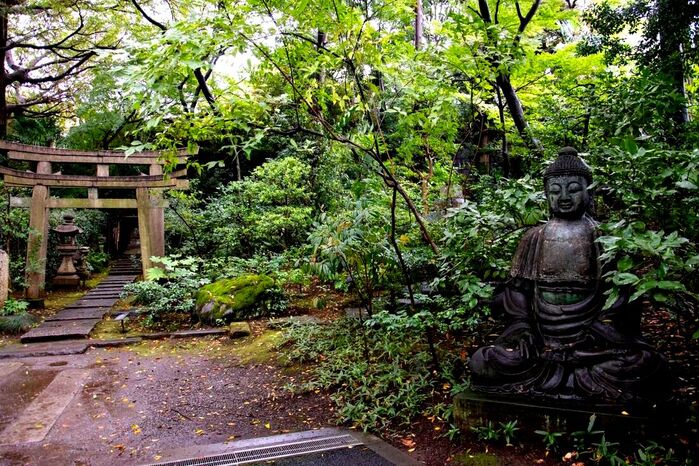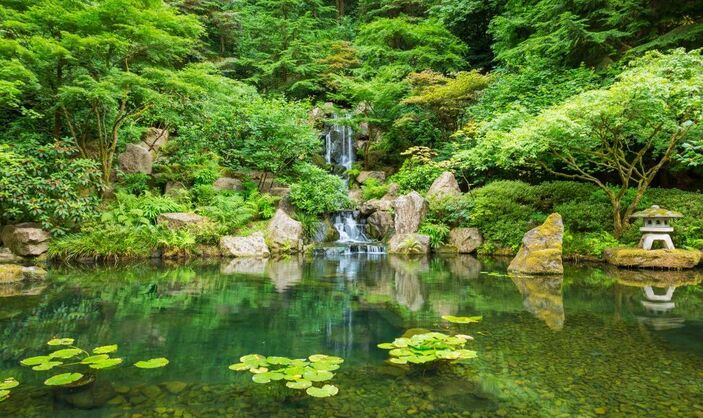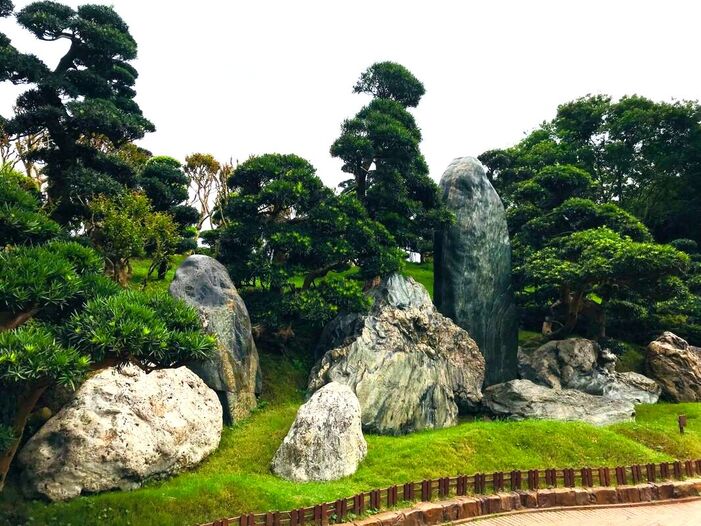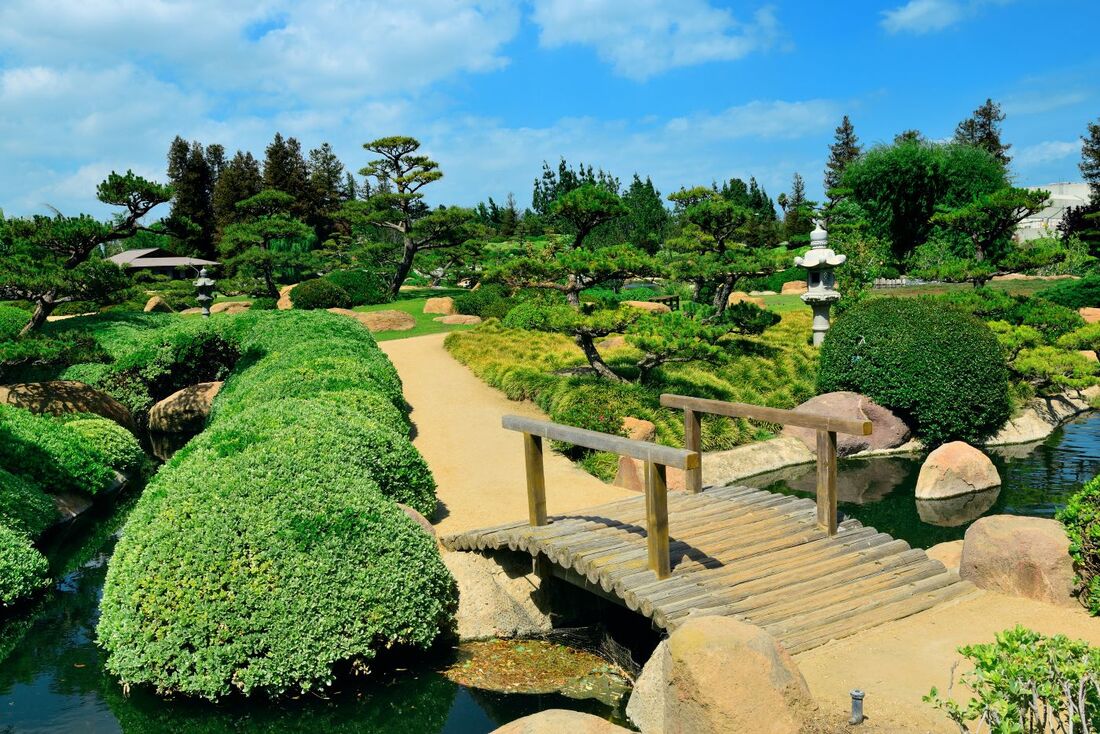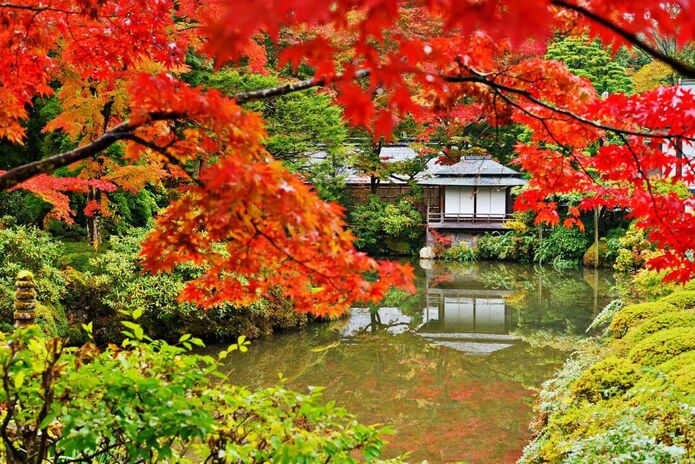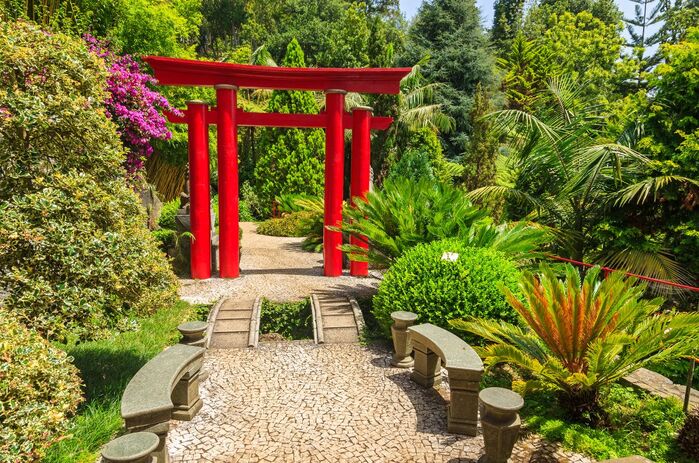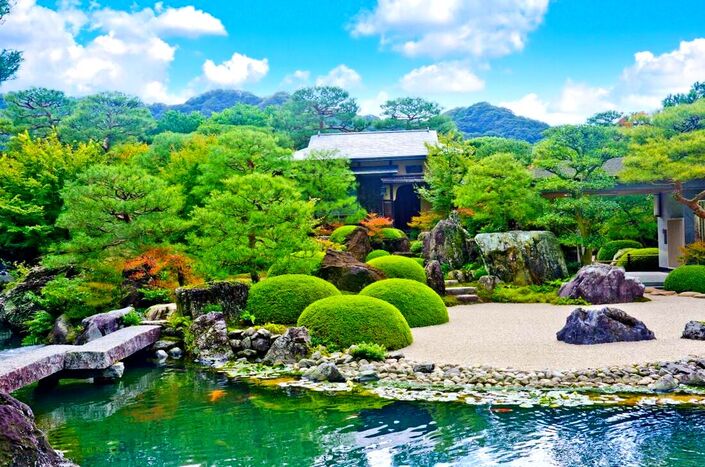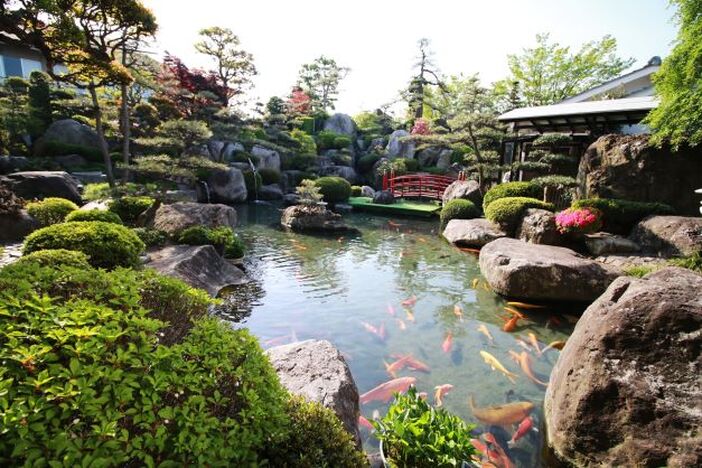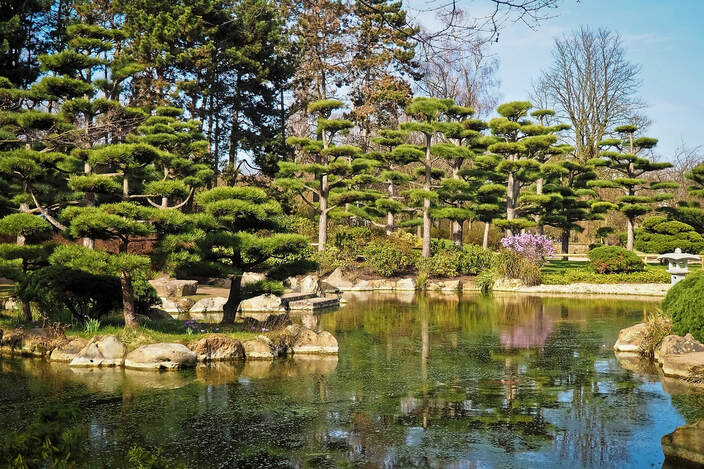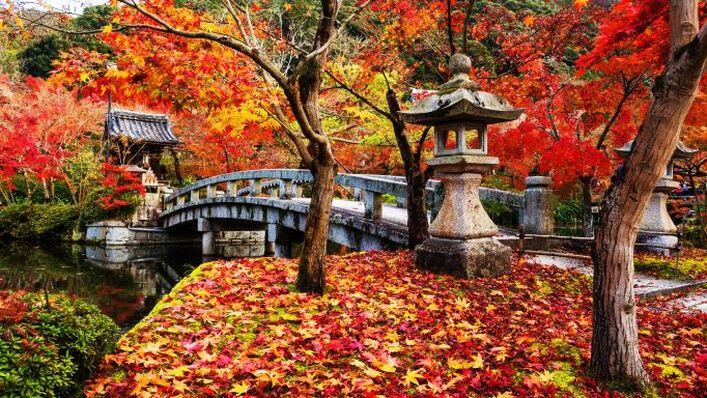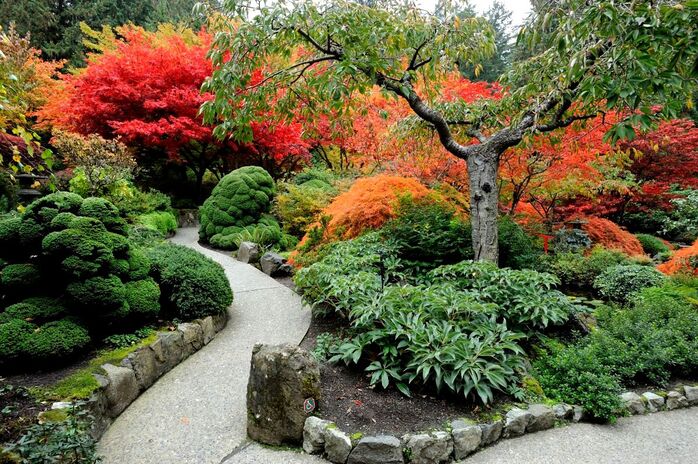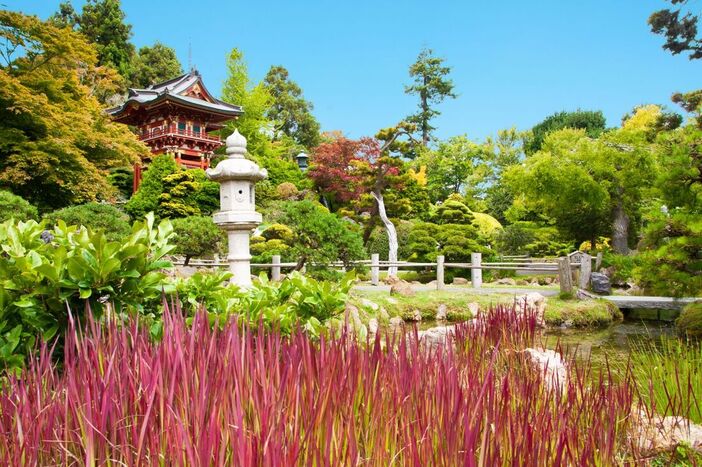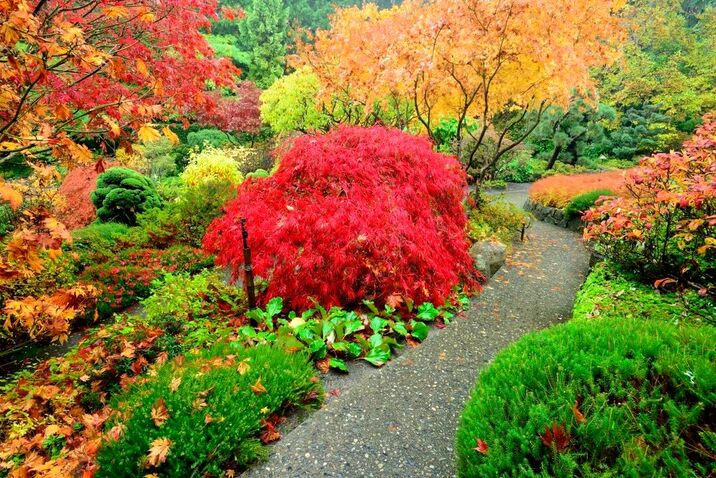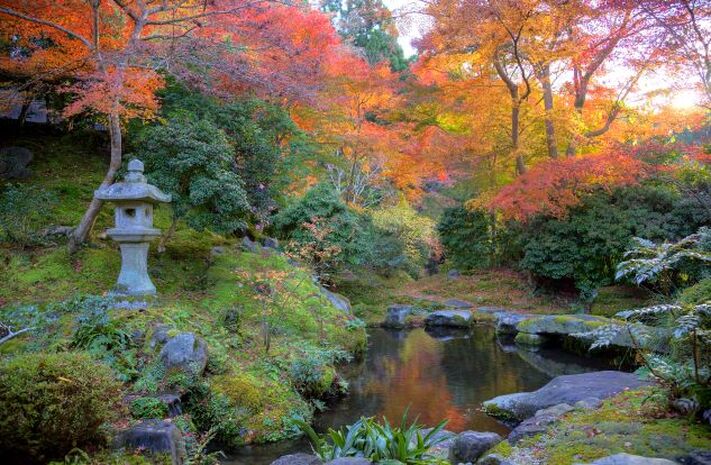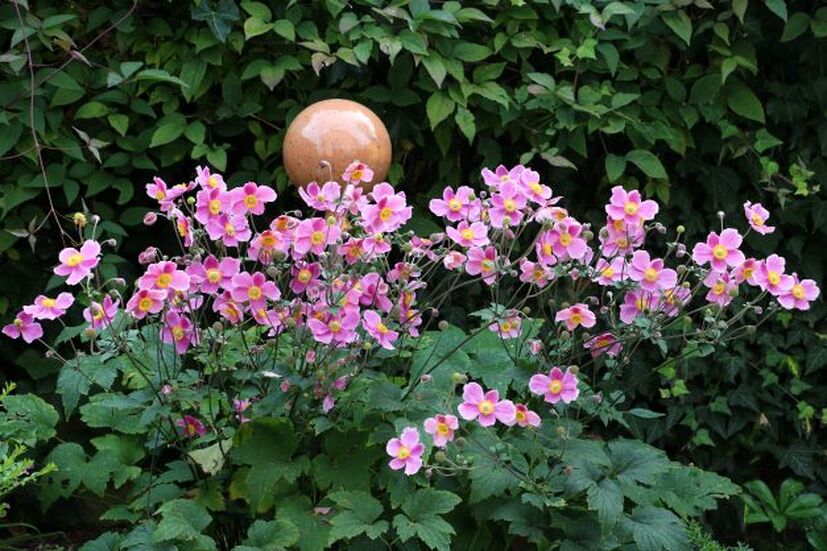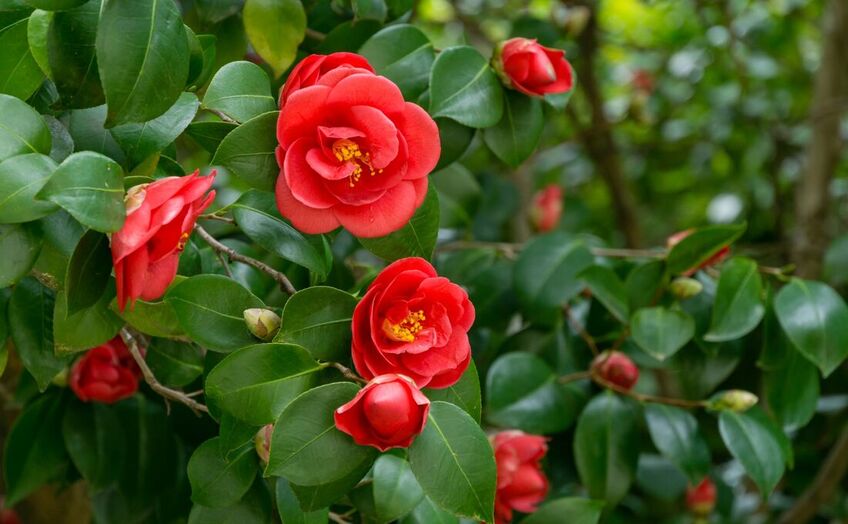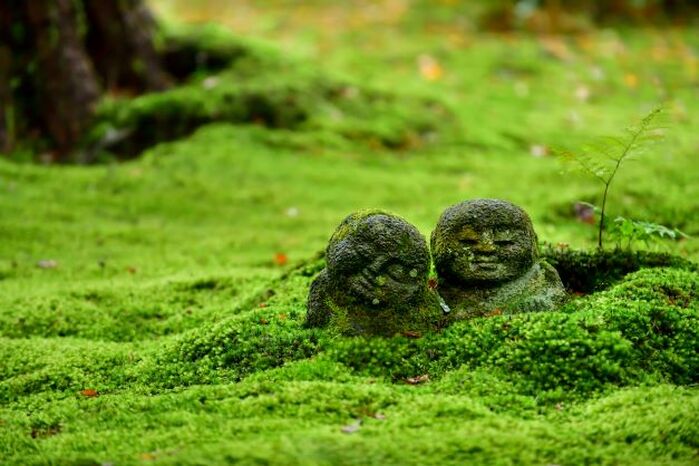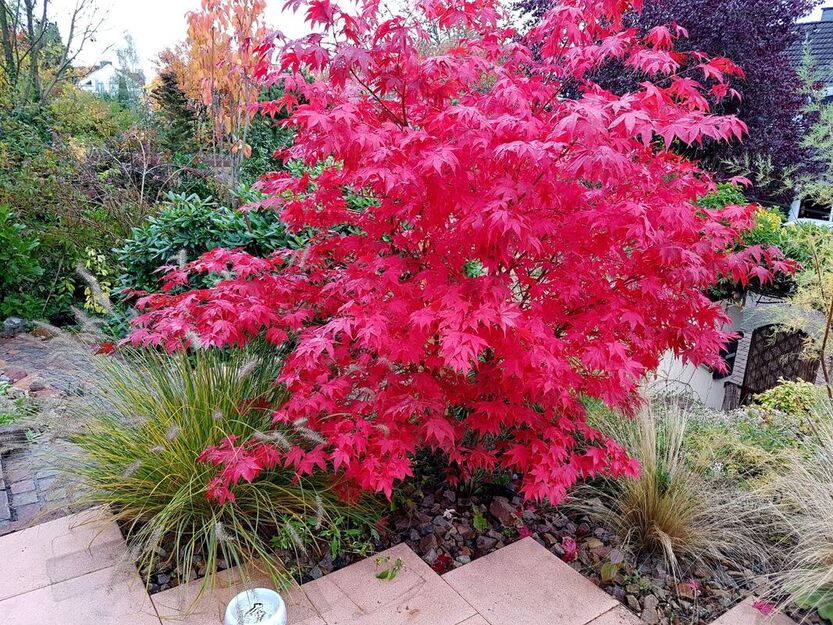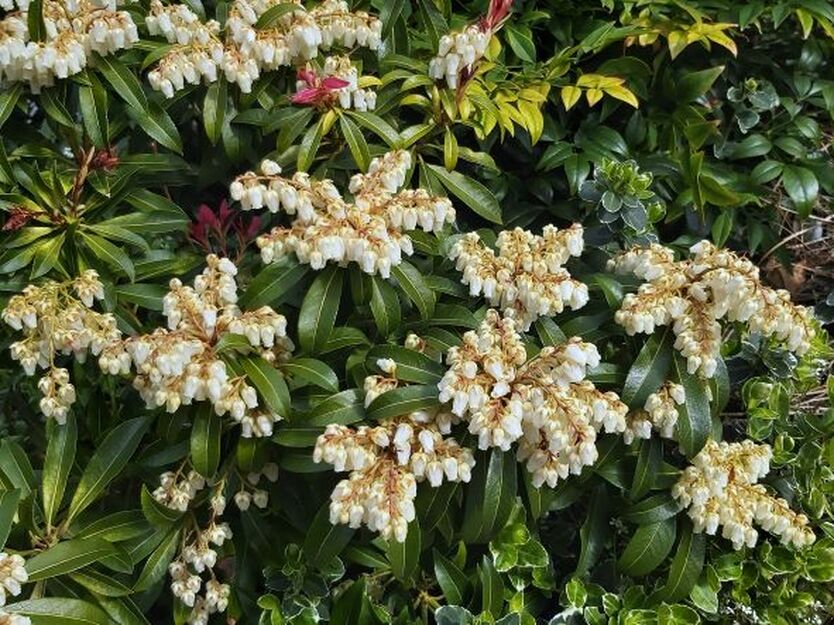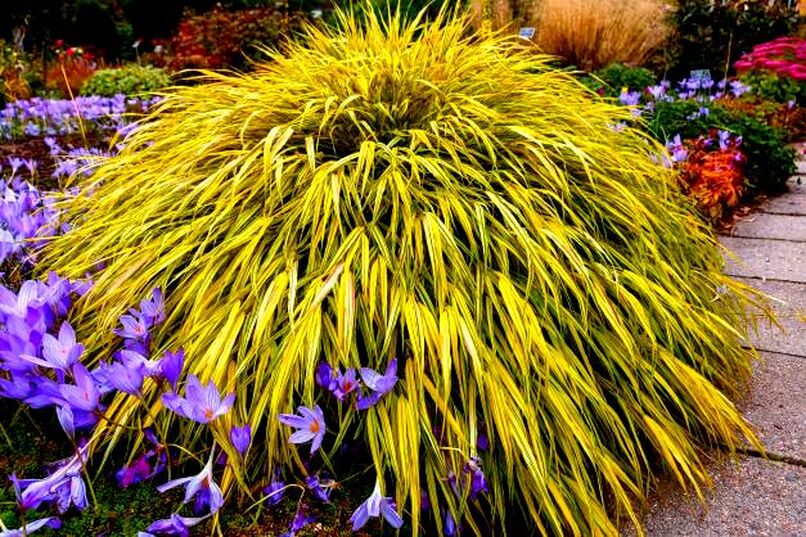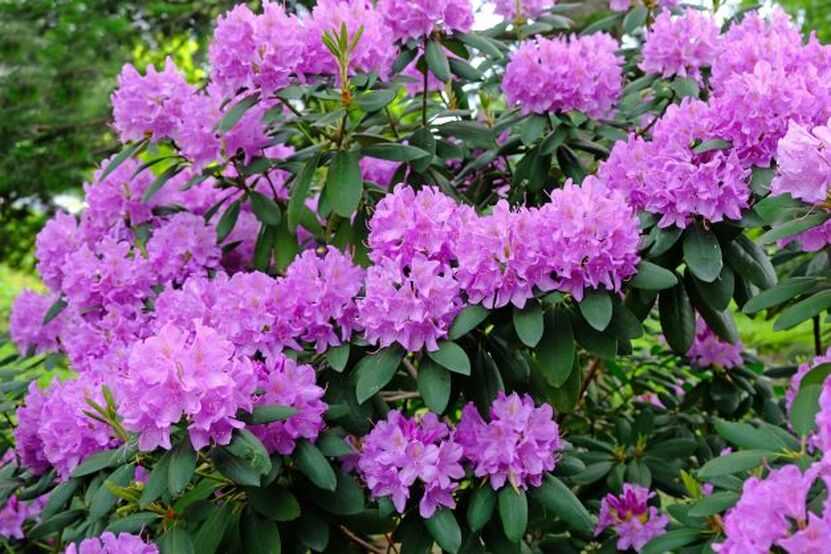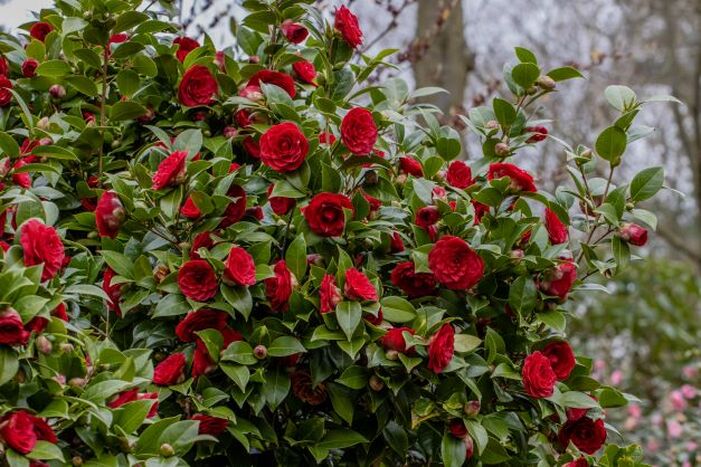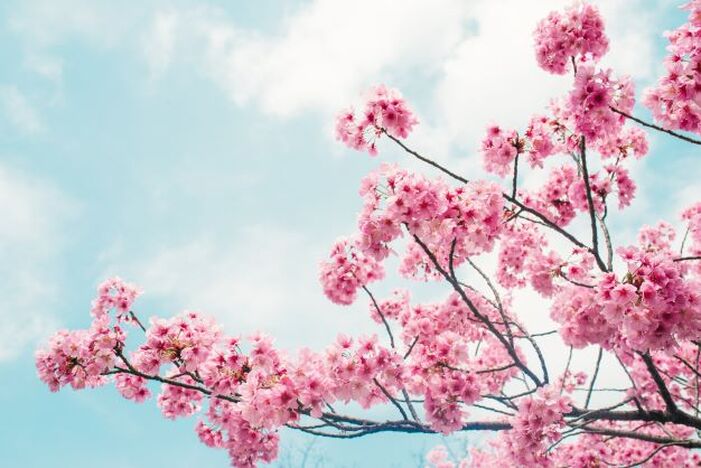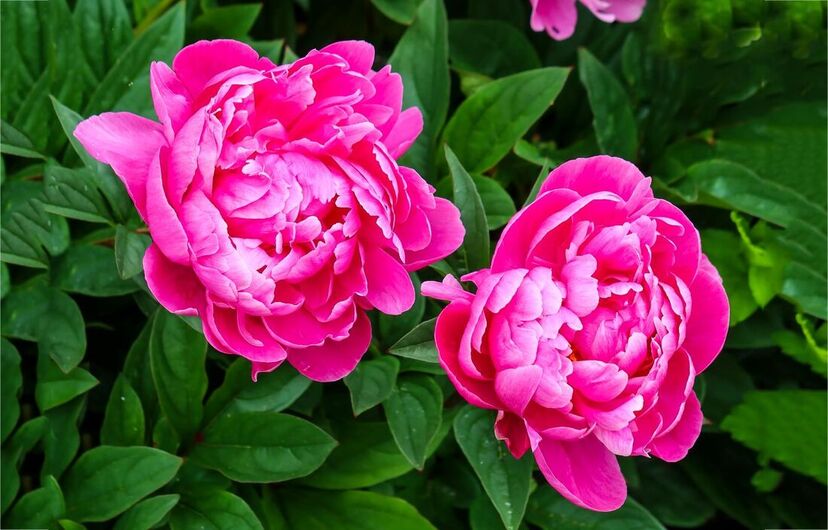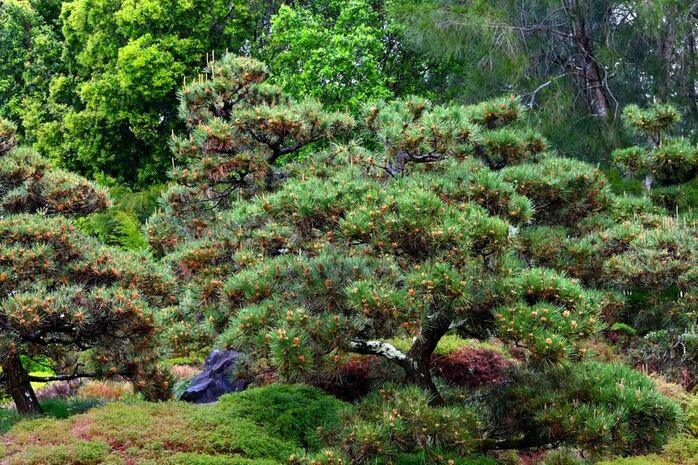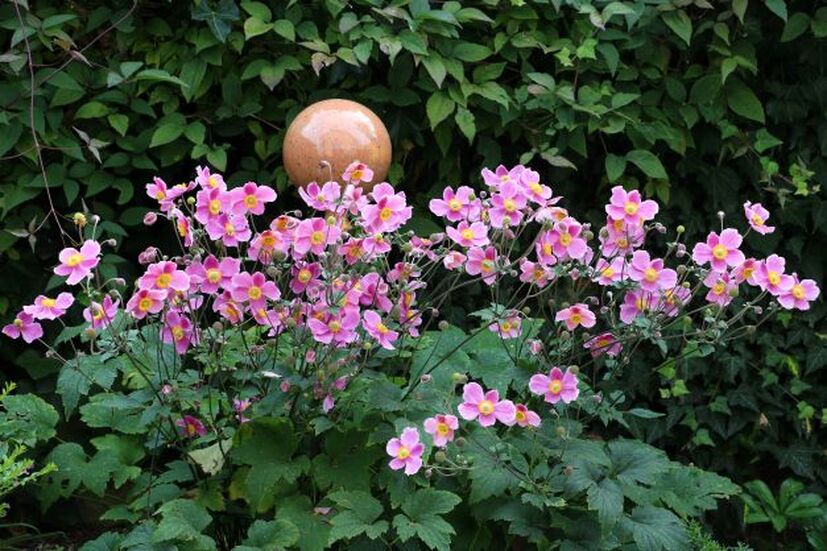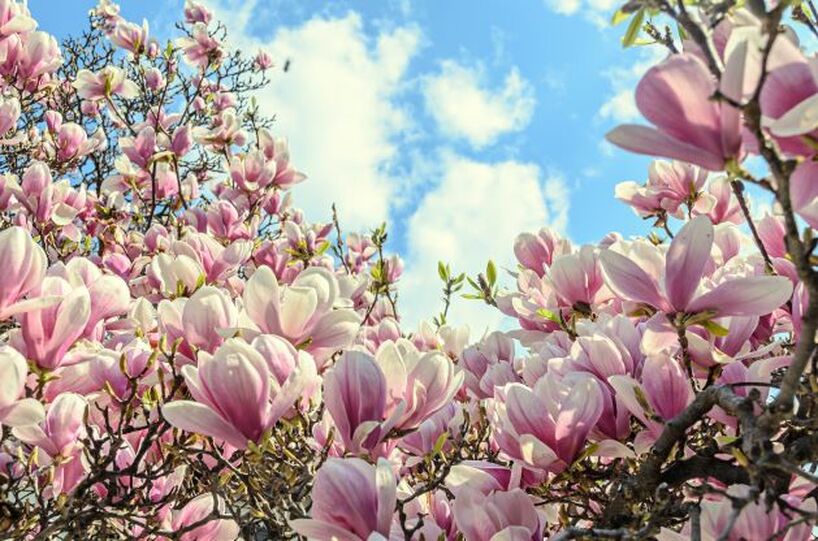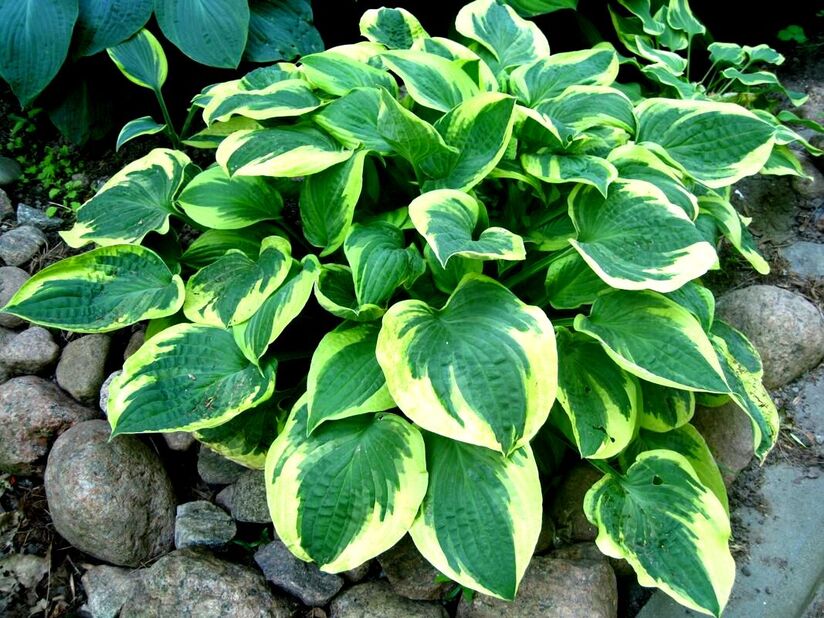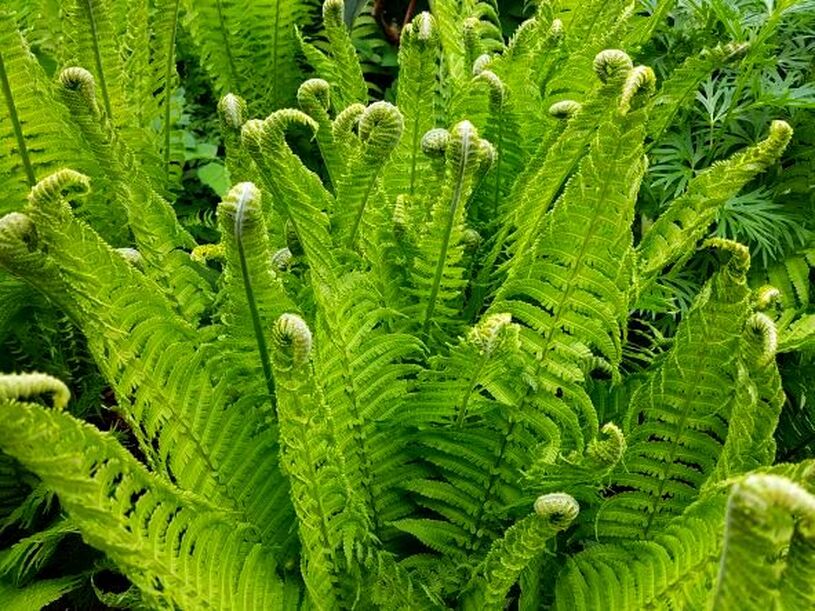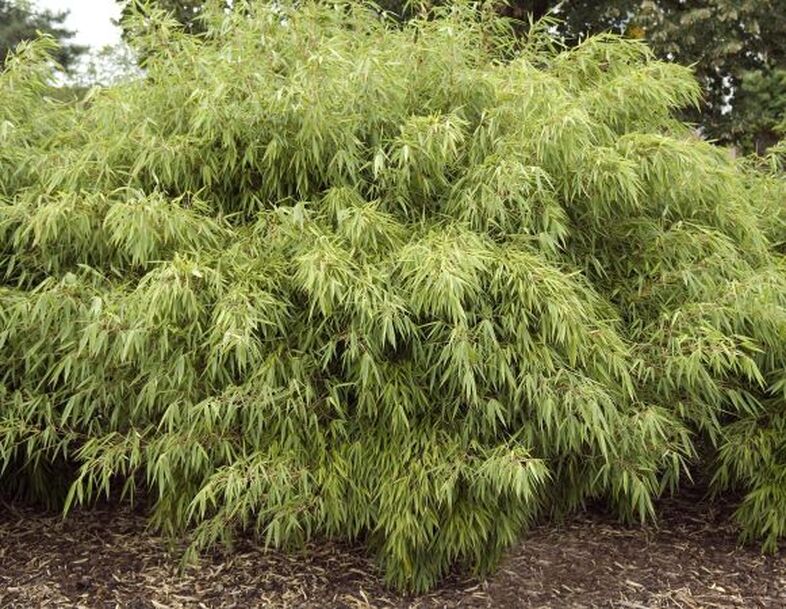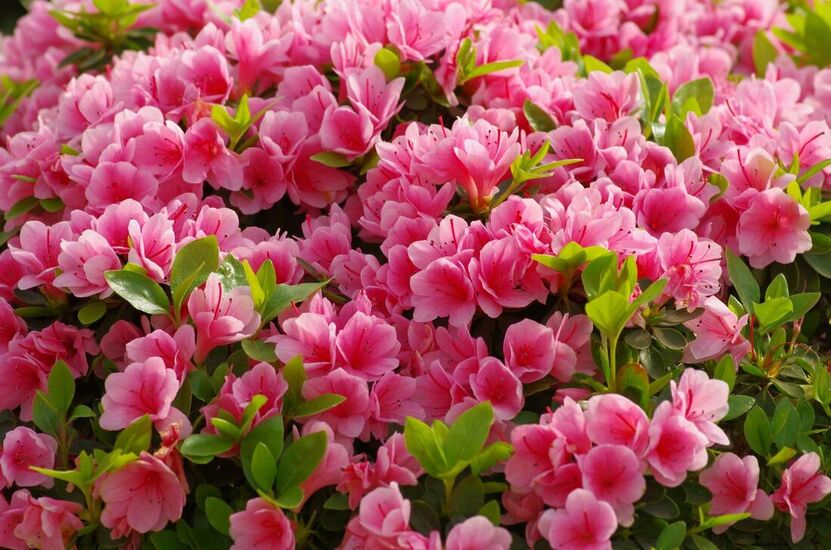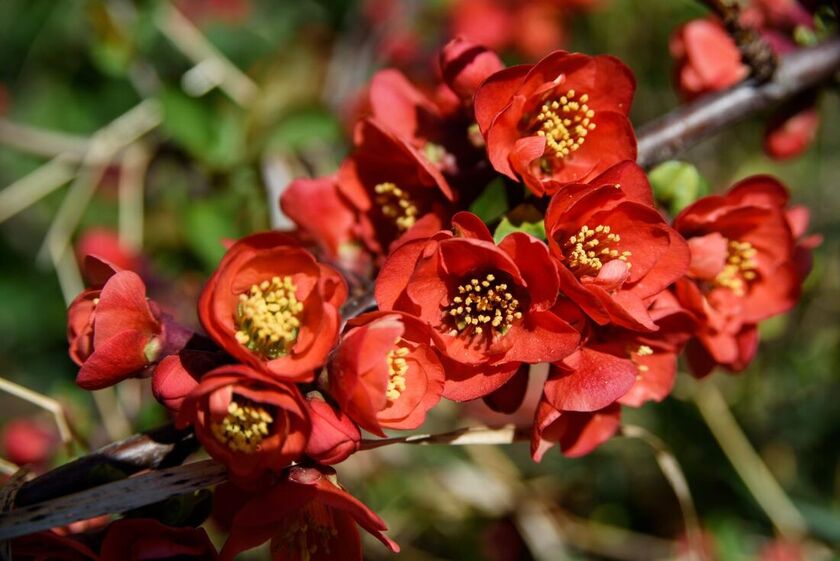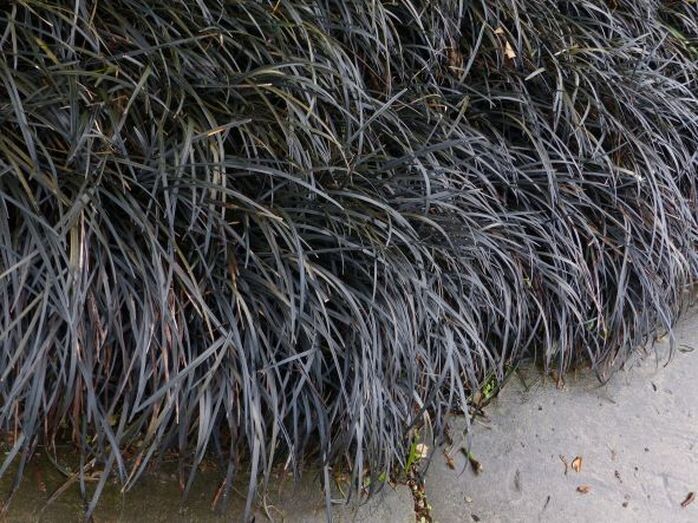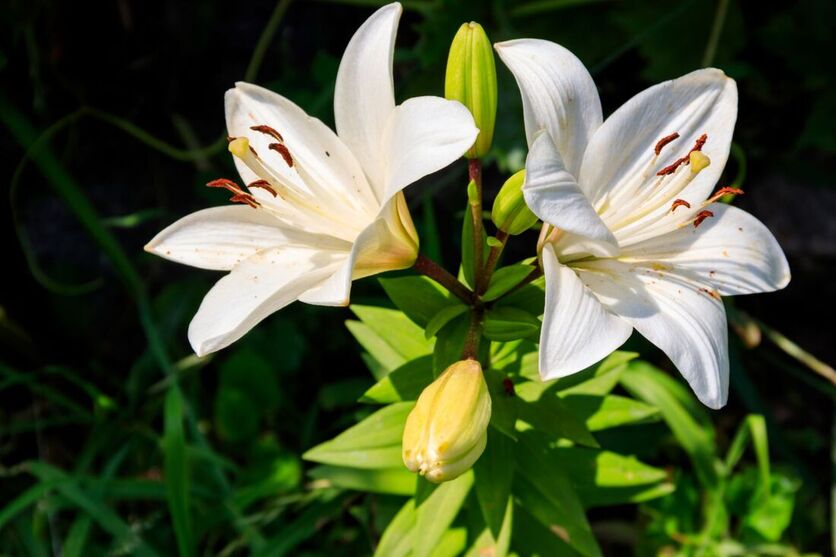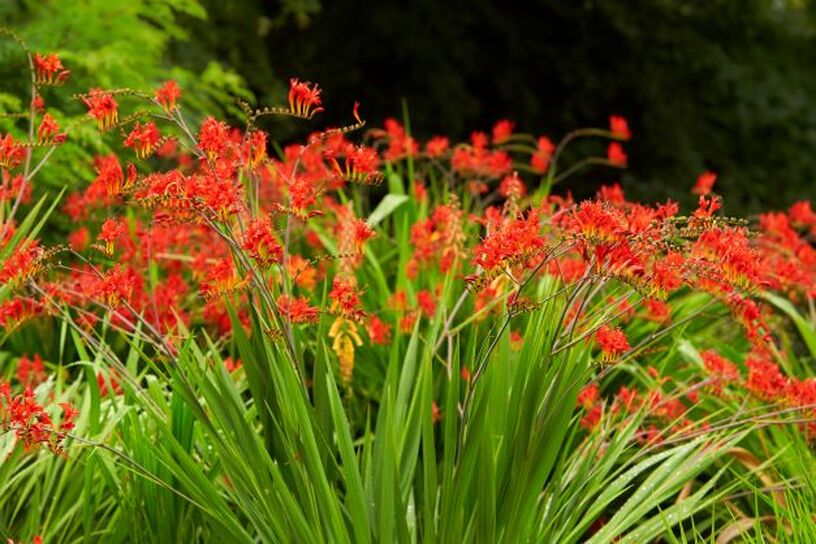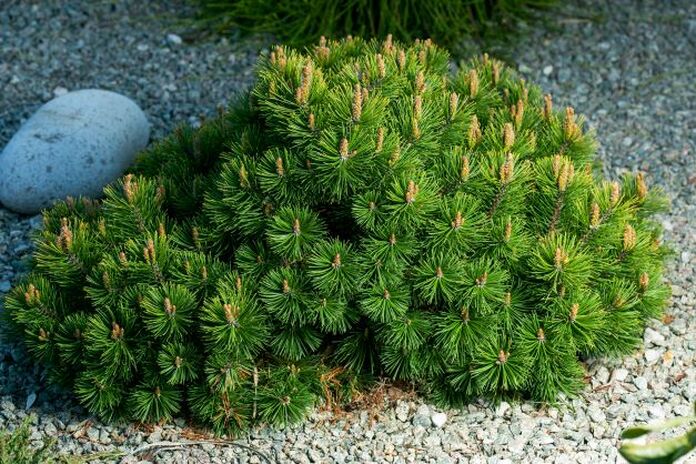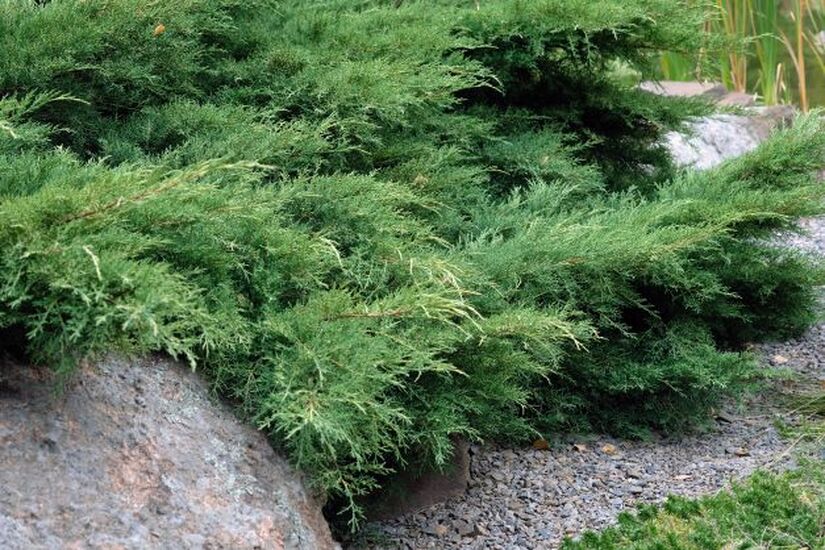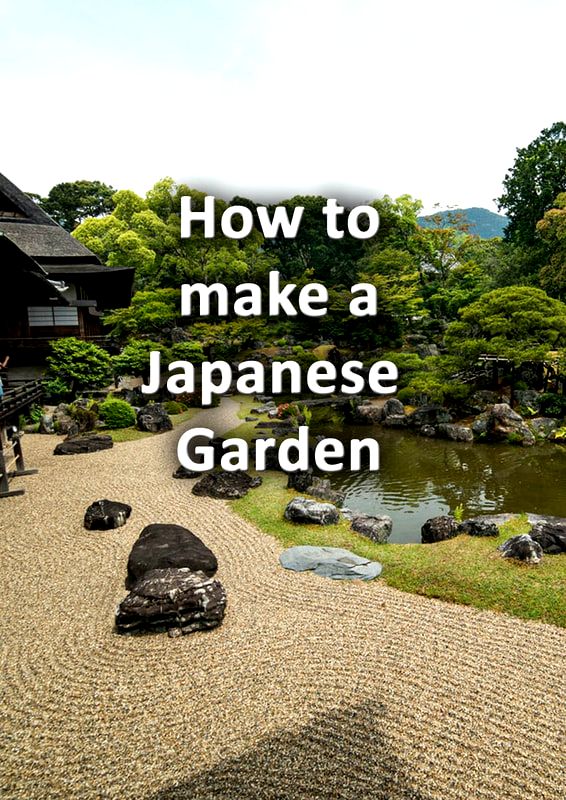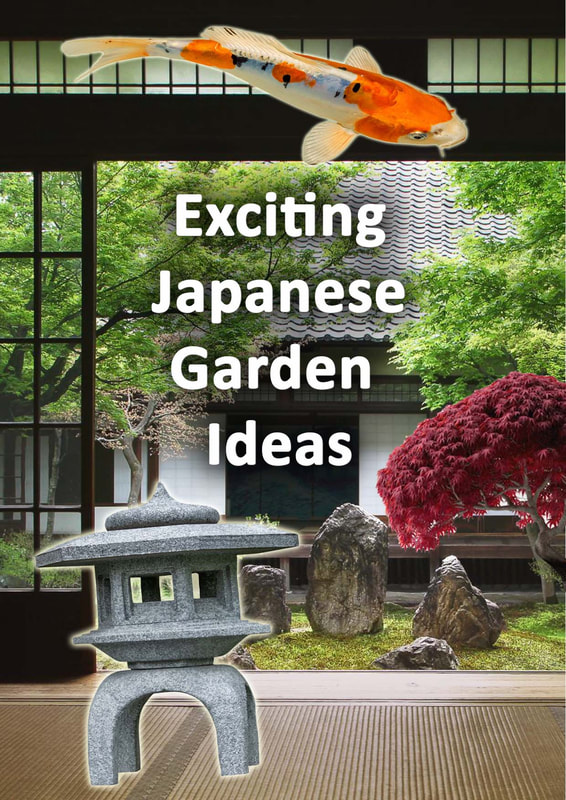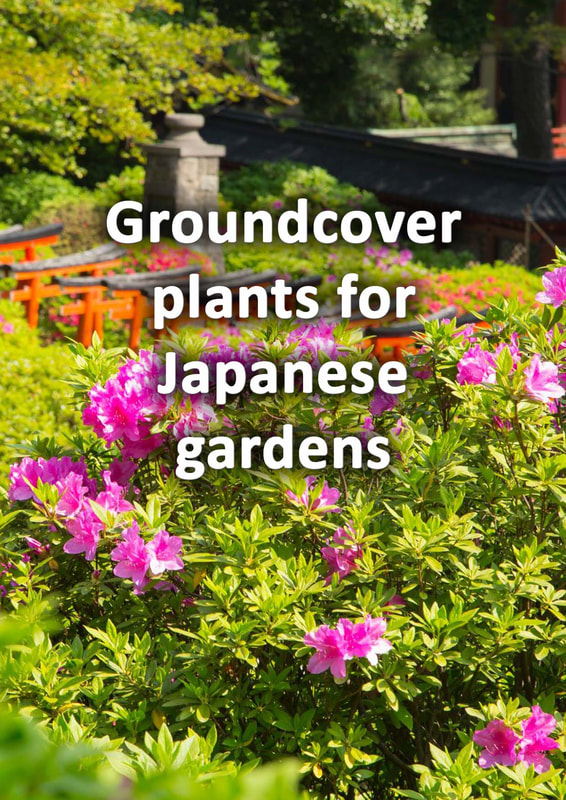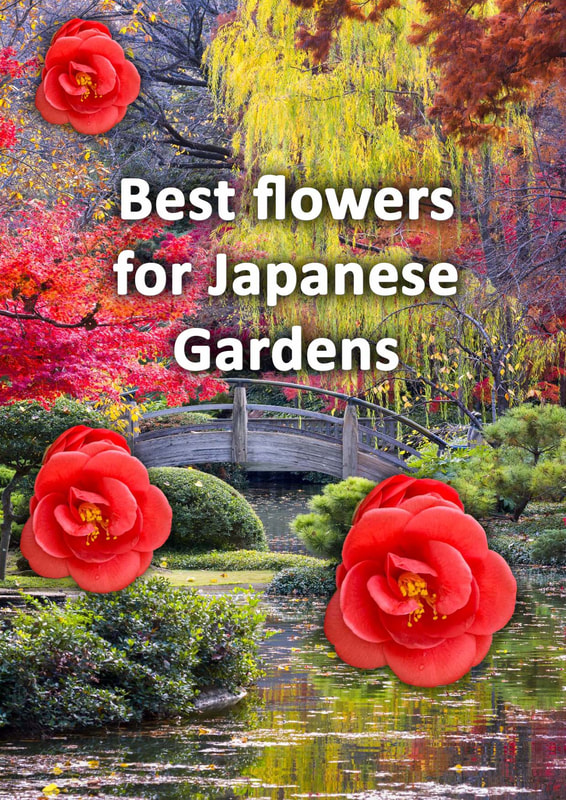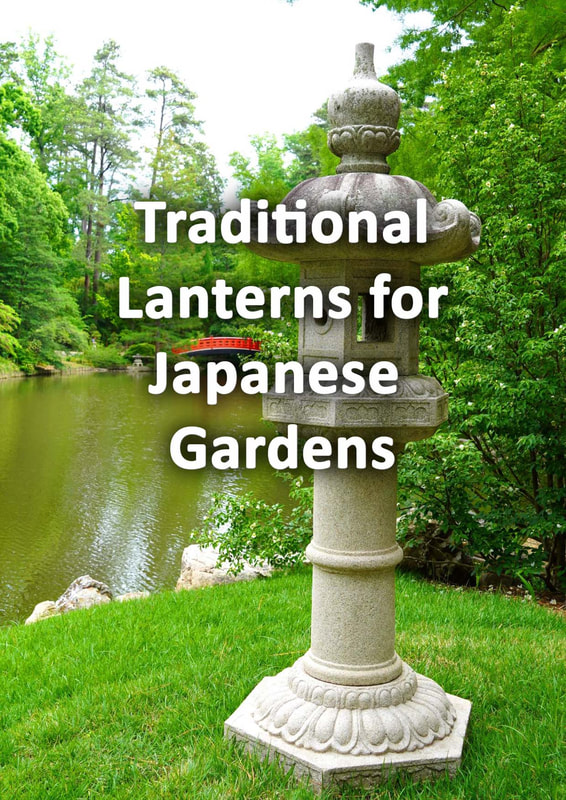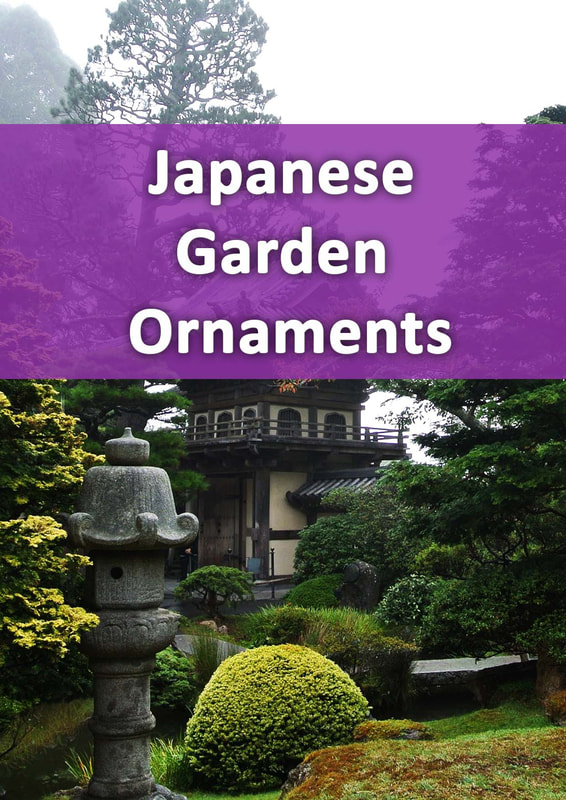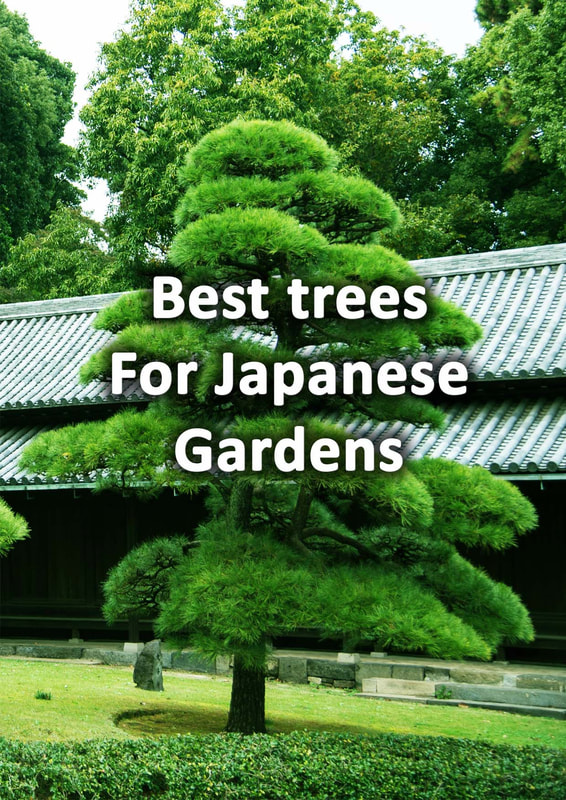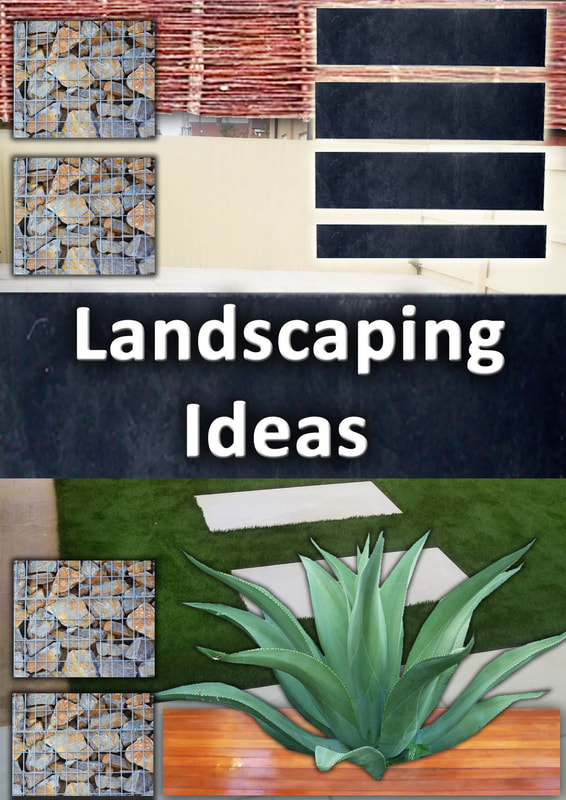|
This article contains affiliate links
Planting a Japanese garden effectively requires imagination, skill and an understanding of Japanese garden design.
If you have observed authentic Japanese gardens, you will notice your senses are never disappointed. Planting in Japanese gardens creates surprise, enclosure, suspense, admiration and wonder. It is very rare to be able to see straight through a Japanese garden without a backdrop of greenery. Very much like paintings, there is always a backdrop hosting a series of layers of interest. It has been observed that traditional Japanese gardens frame scenic views as you would a landscape painting.
Image Credit: tungtopgun/Shutterstock.com
This can be seen with the large and open windows of teahouses and garden rooms.
Japanese gardens seek to simulate the majesty of the natural world and planting plays a crucial role. Here I break down and discuss the primary elements of Japanese garden planting design. This should provide a good overview and resource to anyone planting a Japanese garden. Japanese garden planting designThe difference between Japanese and western gardensThere is a critical difference between Japanese gardens and western style gardens. Western gardens generally seek to add uniformity and formality onto the landscape. The use of geometric shapes and clipped hedges emphasise mans dominance over the chaos of nature. This can easily be observed in large, stately, gardens such as the gardens of ‘Versailles’ in France.
More formal style garden design: Image credit: cornfield/Shutterstock
Cultural influences for Japanese garden designHowever, Japanese gardens are completely the opposite taking inspiration from the beauty of nature. This different attitude towards the natural world has been shaped by historical, cultural and religious beliefs. The primary religions of Japan, Shintoism and Buddhism both highly regard the interconnectedness of all living things. Both also recognise the spiritual importance of landscape elements such as mountains, forests, rivers and lakes.
Image credit: Ginger Spice/ Shutterstock.com
Historical influences on Japanese garden design
Historically the people of Japan relied upon the on the cultivation of rice for sustenance. Rice cultivation requires large amounts of fresh water. Consequently, many undulating landscapes within Japan were terraced to create paddy fields. The Japanese recognised the importance of mountains and forests to provide fresh water for their crops. This led to a deep appreciation of the greater, natural, landscape.
Image credit: EpicStockMedia/Shutterstock.com
Geographical influences on Japanese garden design
As the great majority of Japan is mountainous forest, Japanese planting typically has a woodland feel. Landform and boulders are used to create zones of undulation and height. This can also be seen with planting, layers of vegetation are used to form hills and undulating contrasts. A sense of varying scales can be observed with mass plantings creating interesting, visual, textures.
Image credit: beewin2526/Shutterstock.com
An appreciation of natural form
Japanese gardens also prefer to appreciate the form of individual of plants. Therefore it is best to plant species of varying heights and forms which contrast each other. It’s effective to balance planting amongst other landscape features such as landform, gravel and rocks. This makes planting look apart of a natural landscape opposed to mass planted within a border.
Image credit: Songquan Deng/Shutterstock.com
Planting with a Japanese flavour
If you are planting a small Japanese garden you may not have space to replicate a larger landscape. In such a case you can implement plants which provide a Japanese flavour! This includes plants like Acer, Bamboo, Wisteria, Camelia, and Japanese forest grass. These can be integrated with Japanese style ornaments, structures and landscaping to create maximum impact.
Image credit: Sean Pavone/Shutterstock.com
Incorporating tropical planting into Japanese gardensJapan has one of the most diverse climates of any country due to its long and vertical landmass. The southern Islands of Japan are warm and sub-tropical while the very north is sub-arctic. This has led to Japanese gardens having a broad range of planting types. Due to popular culture and movies like the 'Karate Kid', many westerners think of Okinawa when visualising Japan. Okinawa however has a warm and tropical climate compared to the more northerly mainland.
Image credit: Pawel Kazmierczak/Shutterstock.com
Consequently, many Japanese gardens in Europe and North America are planted with more tropical planting schemes.
Ironically, Japan has blessed countries with cooler climates many tropical looking plants that are cold hardy. Some of these include; Chusan palm, Bamboo, Fatsia, Acuba and Camellia. Tropical planting can certainly add a more exotic look to Japanese gardens with a distinct Asian flavour. Borrowed landscape
As Japan is a mountainous country the value of good views has always been emphasised. It is no surprise that the concept of borrowed landscape has been incorporated into Japanese gardens. Also known as ‘Shakkei’ a garden should do its best to frame and accentuate good views. This can be achieved in your very own Japanese garden by assessing the surrounding landscape. Good views can be framed with vegetation while bad views can be blocked with structures and evergreen climbers.
Image credit: Tanya Jones/ Shutterstock.com
Scale
Japanese gardens have always attempted to symbolise the beauty of the natural world. Traditionally, this has been implemented by incorporating microcosms of majestic landscapes. For example, rocks and landform can be positioned to represent mountains and large ponds can represent lakes and rivers. This concept is also applied to planting Japanese gardens. Consequently, Japanese garden planting can look like you are looking at a natural scrubland from far away. Shrubs can seem to have a rounded, dome, structure and trees have a bonsai like appearance. Therefore, it is always effective to change your perception of scale when planting a Japanese garden.
Image credit: ioong/Shutterstock.com
Niwaki pruning
Niwaki pruning is a technique used to enhance the natural aesthetics of trees within Japanese gardens. This practice involves removing rouge branches stems and even leaves which are not in keeping with a desired shape. Such pruning requires a keen eye and skilful cutting which takes many years to master. The result however is an eerie, excellence which captures the majestic beauty of nature! This art is very similar in principle to the training of Bonsai. Niwaki is easier if you select particular, dwarf, tree species such as Pinus Mugo, Black pine and Cedrus atlantic ‘Glauca pendula’. Alternatively you can plant larger species in brick boxes to restrain their roots.
Image credit: Pixabay.com
EvergreensJapanese gardens have always had a desire to maintain their planting structure all year round. This has resulted in the extensive use of evergreen planting within Japanese gardens. Evergreens allow for an exaggerated contrast to more seasonal events within planting schemes. This is especially so with spring blossom and autumn colour. Evergreens have always provided a permanence and sense of stability to Japanese gardens. Such planting also has a more practical role like screening bad views and proving enclosure and shelter. Season change
The changing of the seasons is something Japanese planting design implements very effectively. Japanese garden planting has a ‘shock and ore’ approach to enjoying seasonal displays. This can most obviously be observed during the spring when Japanese cherry trees erupt into blossom. Japanese gardens extensive use of evergreens helps to condense the impact of seasonal flowering trees and shrubs. Groups of flowering shrubs are planted on mass to create seasonal carpets of colour within the landscape. A good example of this is the use of Rhododendron to provide blocks of early summer colour.
Image credit: Blanscape/Shutterstock.com
Contrasts
Japanese gardens are exceptionally effective at creating interest through contrast. Naturally contrasting elements such as rocks, gravels, landform and water are commonplace within such garden design. This makes providing contrast relatively easy, however, the star of the show is the planting! The contrast created by planting within Japanese gardens is quite substantial. The varying colours, forms, sizes and textures of plants can create so much visual interest.
Image credit: 2009fotofriends/Shutterstock.com
Visual texture
Visual textures can provide plenty of beauty and excitement within Japanese gardens. The textures of rocks and gravels can work well in contrast to surrounding planting. The Japanese planting pallet is extremely diverse and exciting with a great variation in foliage. Tropical looking plants like Fatsia can create course textures with their large jagged leaves. Softer textures can also be formed using delicate groundcovers such as moss and Creeping juniper. By planning for visual texture you can create a planting scheme which will never look boring.
Image credit: I and S Walker/Shutterstock.com
Soil
There is no specific soil type which is best implemented for Japanese gardens. If you are planting a Japanese garden you are likely to be grouping many different species together. You will want to give all plant species a decent chance of doing well. Therefore, make sure your soil is well drained with plenty of organic matter mixed in. This will give you a good and generalised base which most plants will enjoy. It is important to note that many forest soils in Japan are more acidic. Therefore some typical Japanese species such as Rhododendron and Camellia will need to be planted with ericaceous compost.
Image credit: 2009fotofriends/Shutterstock.com
Raised beds
Historically Japanese gardens have been planted within larger scale landscapes. Consequently, there has not been much need to create raised, artificial, planters. However, a love of Japanese gardens across the world means they are also implemented within much smaller gardens. Raised beds are particularly effective for Japanese gardens in compact sites providing both height and elevation. These can allow specimen plants such as Acers and Bamboo to have an enhanced impact. Raised beds within Japanese gardens are particularly effective at creating enclosure and visual hierarchy. Planting a Japanese garden with trees
Trees have a critical role within Japanese gardens providing elevation, structure, form and seasonal interest. Generally, planting trees traditionally associated with Japan provide the best impact. Trees such as Acer, black pine, Japanese Cherry and Ginkgo are favourites in Japanese planting schemes. For more great trees species for Japanese gardens visit our guide here.
Image credit: CHEN MIN CHUN/Shutterstock.com
Planting a Japanese garden with shrubs
In Japanese gardens shrubs play an important role in softening landform and hard landscape elements. They also help to connect taller trees to the garden by softening their trunks and lower limbs. Shrubs are also planted to form aesthetic shapes which are found within nature such as clouds and hilly terrain. Above all, shrubs can provide contrasting colours and textures throughout the season. Planting a Japanese garden perennials
Perennials are plants which come up every year and typically flower before dying back for winter. In Japanese gardens these plants are used to provide some seasonal interest. Perennials such Iris and crocosmia can inject some summer colour to the front of Japanese style planting. Some good perennials to use in Japanese gardens include; Peonies, Iris, Crocosmia, Lilies, Japanese anemones, Liriope and Lilly of the Valley.
Image credit: Natalia Greeske/Shutterstock.com
Planting a Japanese garden with flowers
Flowers are utilised within Japanese gardens very differently than western gardens. Instead of cramming borders with long season blooms, flowers have a more impactful and seasonal use. It is more common for Japanese gardens to plant flowering shrubs and trees than seasonal bedding. This is due to a love for dramatic, seasonal displays, of mass colour. This can be observed with the seasonal celebration of Japanese cherry blossom and summer flowering Rhododendron. For a more in-depth look at planting a Japanese garden with flowers visit our article here.
Image credit: Marinodenisenko/Shutterstock.com
Planting a Japanese garden with Groundcovers
Groundcovers have always played a major role in many garden design styles. This is no less the case with Japanese gardens. The Japanese style has always used interesting planting combinations create varying perceptions of scale. Groundcover plants are regularly utilised to provide blocks of texture within garden landscaping. These blocks of groundcover can be used to add a colour contrast to other landscape elements such as rocks. Groundcovers can also link transitional garden zones together and provide low maintenance cover between larger plants. Groundcover plants can also be used to represent microcosms of the natural world such as dense forests and grasslands. Why not visit our article on 10 of the best groundcovers for Japanese gardens.
Image credit: T photography/Shutterstock.com
21 plants for planting a Japanese garden1. Japanese Acer
Japanese Acer is probably the most recognised and iconic of all Japanese garden plants. It naturally grows into a bonsai like shape and has very attractive foliage. Some of the most striking looking Acers are those with dark, red, foliage. 2. Pieris
Native to Japan and East Asia, Pieris japonica is an evergreen shrub with small white flowers. Peris has glossy leaves which have a red tinge to the ends as they emerge. This shrub maintains elegant form as it grows which makes it very suitable for Japanese gardens. 3. Japanese forest grass
This ornamental grass originated from the shady forests of Japan and has an interesting growing habit. Its stems start growing in a vertical fashion and fan out into a fountain shape. This makes them perfect for planting as single specimens or groundcover. 4. Rhododendrons
Native to both North America and Asia, Rhododendrons are well known for their attractive foliage and flowers. These shrubs are very popular in Japanese gardens where they form blocks of evergreen foliage. Rhododendrons light up the landscape in early summer when they erupt in carpets of colourful flowers. 5. Camellia
Camellias are evergreen shrubs with very attractive, rose like, flowers and glossy dark green foliage. Originating from Japan and other parts of East Asia they are cold hardy but can be fussy. Camellias prefer a moist but well drained acidic soil with partial shade. 6. Japanese cherry
Native to Japan, this popular cherry tree is famous for its amazing display of blossom during early spring. Planted along promenades and pathways of public spaces the annual display is highly anticipated and celebrated. These trees have the added benefit of also providing attractive, autumn, colour. 7. Wisteria
Wisterias are robust climbers native to Asia and North America and well known for their amazing, hanging, blooms. The light purple flowers hang down in weeping clusters which almost look like falling water. This plant is very popular in Japanese gardens climbing upon and decorating buildings and structures. 8. Peonies
Peonies are extremely beautiful flowering plants which signal the beginning of summer. These herbaceous, perennials have large, exquisite, flowers which are similar to roses. They are a great way to add some early summer colour to Japanese gardens. 9. Black pine
This pine tree naturally occurs around the coastal regions of both Korea and Japan. Also known as the 'Japanese Black Pine' it has a rugged and contorted appearance. These qualities are perfect for traditional Japanese gardens and pruning techniques such as Nikawi and Bonsai. 10. Japanese anemone
Also known as ‘Wind flower’, this perennial plant has attractive flowers which dance on the breeze. This resilient plant forms masses of large, jagged shaped, foliage which can form an effective groundcover. In late summer they sprout tall stems which produce a good number of beautiful white or pink flowers. 11. Magnolia
Magnolia is a deciduous tree native to both Asia and the Americas. The tree is favoured for its large and impressive flowers which bloom before the leaves open during early spring. This gives them a surreal beauty which is much sought after within Japanese planting design. 12. Hosta
Hosta is a perennial plant native to Japan and East Asia. It is highly prized for its large, tropical looking leaves and striking summer flowers. Hosta is shade tolerant making it a great seasonal groundcover to Japanese garden planting displays. 13. Ostrich fern
Ostrich fern is a perennial fern native to the temperate forests of the northern hemisphere. Once established it can reach impressive sizes of up to two metres tall. This fern is particularly popular for its long, attractive leaves which resemble Ostrich feathers. 14. Fargesia
Also known as 'Chinese Fountain Bamboo' this bamboo is favoured for its soft and fountain like foliage. Native to China this bamboo is tough but not invasive like many bamboos. Fargesia prefers a sunny site with moist but well drained soil. 15. Azalea
Azalea Japonica is a medium sized, evergreen, shrub, native to Japan and other parts of East Asia. This compact shrub is favoured for its beautiful flowers which typically come in shades of white, pink and red. It likes a well drained acidic soil and a partially shaded position. 16. Japanese quince
Native to China and Japan the Japanese quince is a deciduous, flowering shrub, favoured for both its flowers and fruit. The colourful flowers emerge before the leaves open in spring providing a dramatic display. This shrub can easily be trimmed and shaped into varying shapes and hedges. 17. Black mondo grass
Black mondo grass is a clump forming grass with strap like black foliage which spreads horizontally from the base. Native to Japan this grass can eventually spread to form an effective groundcover. This grass prefers and shady position with well drained soil. 18. Lilies
Lilies are very well known for their large and attractive flowers which are popularly used within flower displays. During late spring these perennials shoot up and produce a dramatic early summer display. These can be used in Japanese garden borders to add some extra, seasonal, drama. 19. Crocosmia
Native to Africa, Crocosmia, are a very tropical looking, perennial flower, with grass like foliage. A close relative of the iris this plant spreads outward via small, dividing, bulbs. If they are given a sunny or partial shade position they can provide an attractive groundcover. 20. Pinus mugo
Pinus mugo is a coniferous tree native to southern Europe with an attractive spreading habit. This pine has a Bonsai look to it making it the perfect addition to a Japanese garden. If it is carefully pruned in traditional Niwaki style it can become a real centre piece! 21. Creeping Juniper
The creeping juniper is a low growing conifer which can spread to form a dense groundcover. Native to North America this evergreen shrub is extremely tolerant and cold hardy. The Creeping juniper can look very effective growing down steep hills and walls, or around boulders.
Thank you for reading our article on planting a Japanese garden and Japanese garden design.
If you require Japanese garden services or a Japanese garden landscaper do not hesitate to contact us. I will leave some of our other Japanese garden articles below you may find informative.
'As an Amazon Associate I earn from qualifying purchases'
0 Comments
Leave a Reply. |
The Author
|
Landscaping services across Buckinghamshire, Amersham, Aylesbury & High Wycombe
Hyde Heath, Amersham, Buckinghamshire |
|

